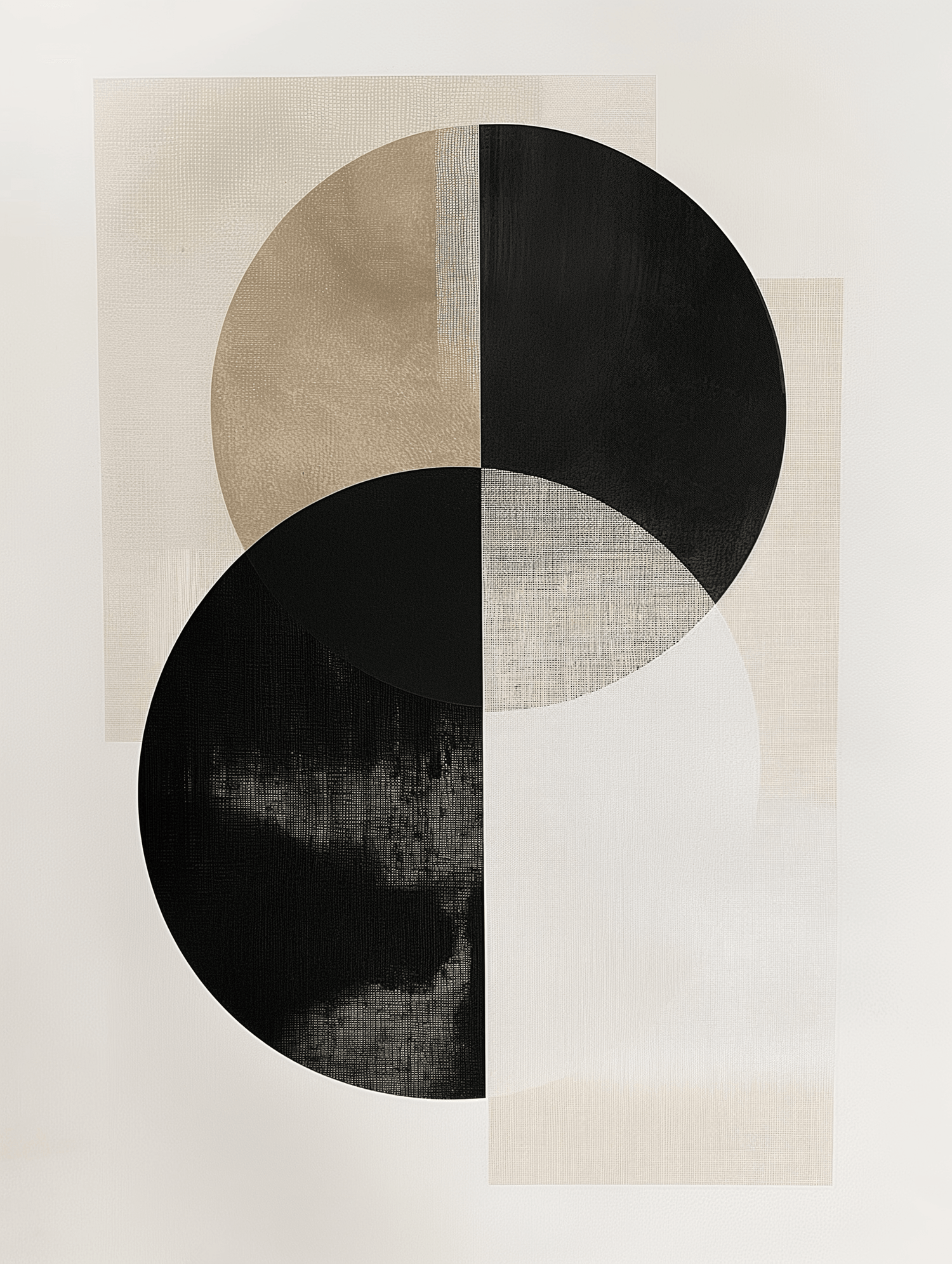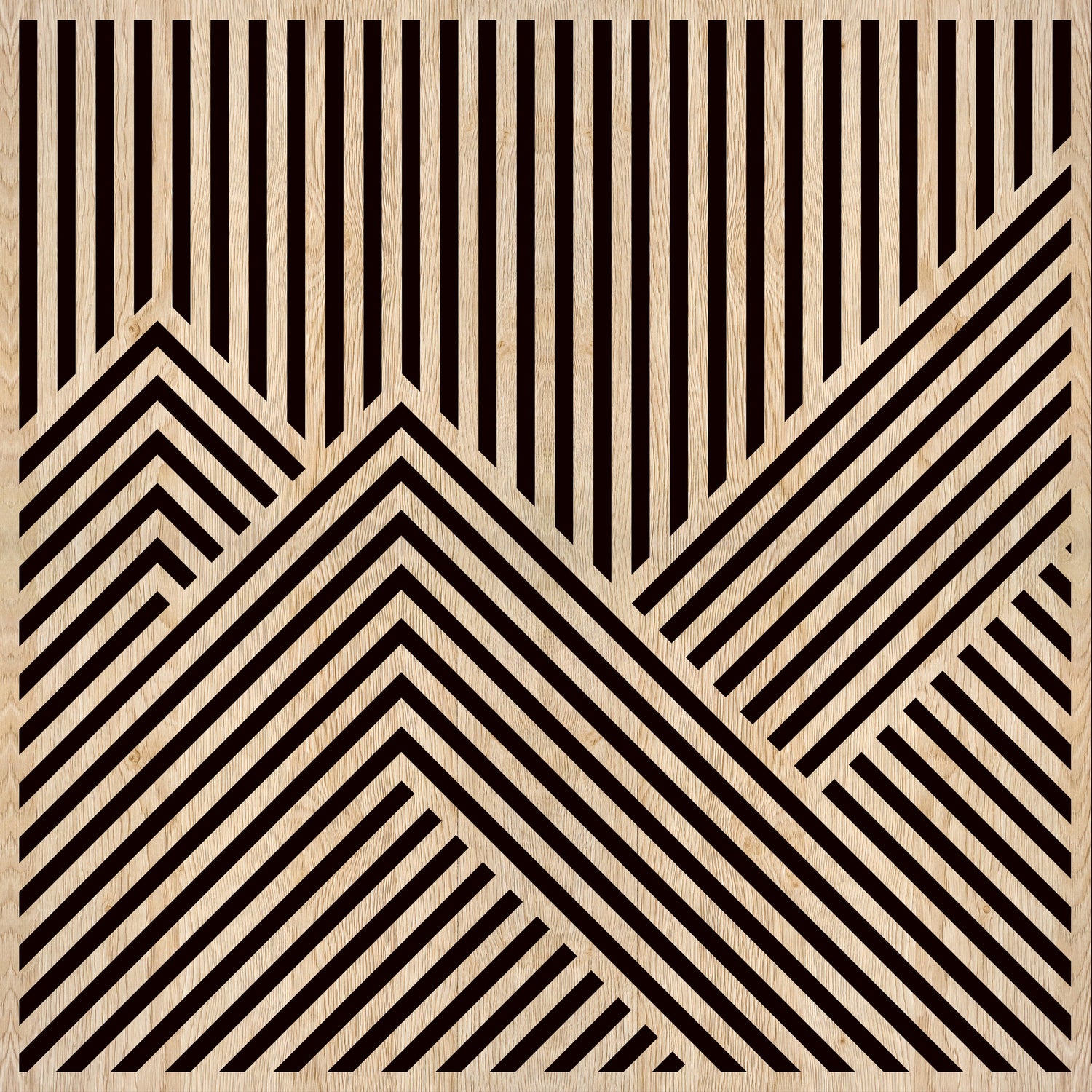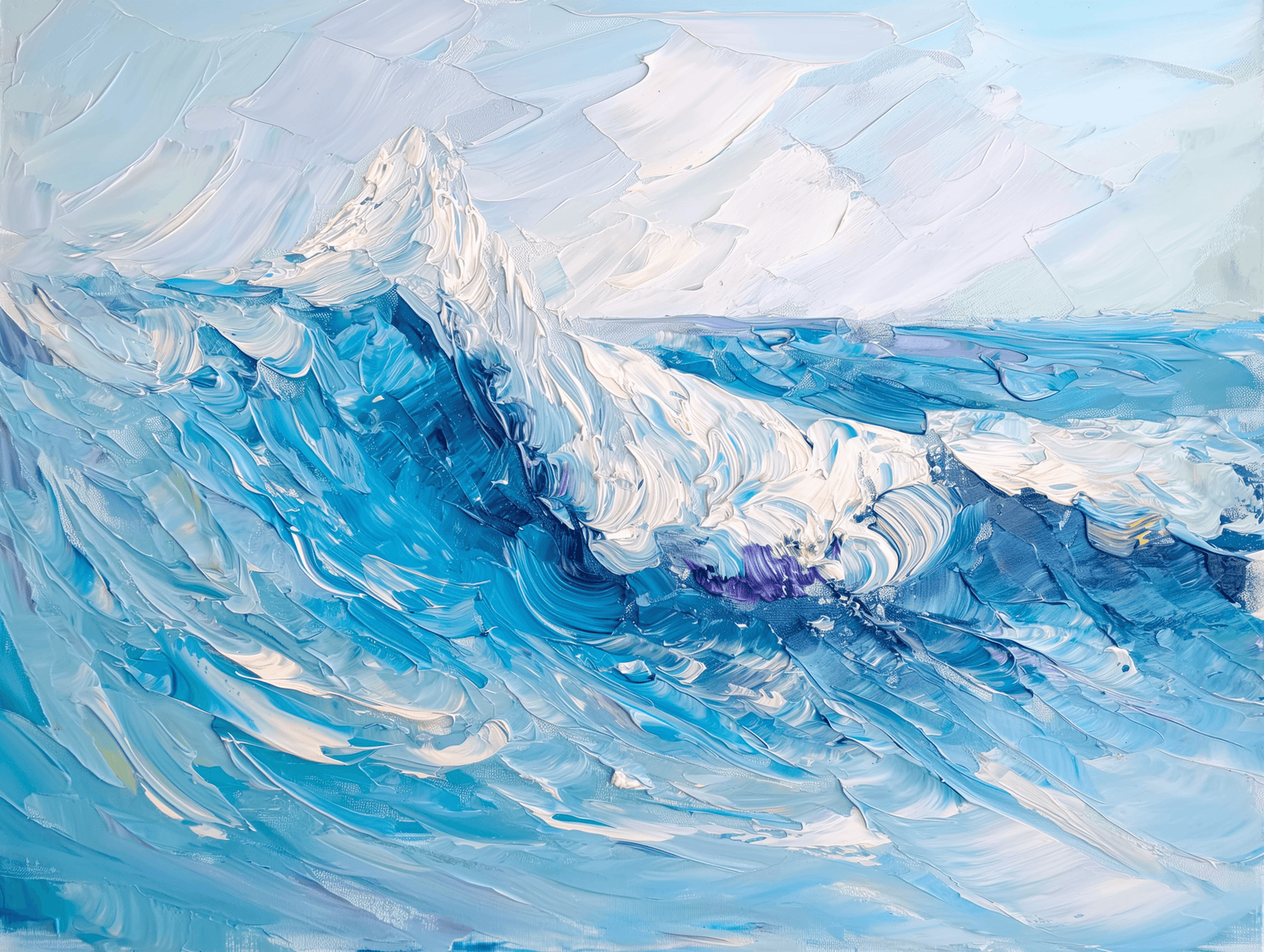
Art Nouveau was one of the most revolutionary artistic movements between the late nineteenth and early twentieth centuries. Born as a reaction to the rigor of academic art and industrialization, it is characterized by its sinuous lines, natural motifs and a particular attention to the harmony between form and function. This style influenced painting, architecture, decorative arts and design, giving life to masterpieces that still fascinate today.
The Origins of Art Nouveau
Art Nouveau has its roots in several previous artistic movements, such as the Arts and Crafts movement in England and Japonism, which introduced oriental motifs into Western art. Between the late 19th and early 20th centuries, it developed in several European countries under different names: Jugendstil in Germany, Modernism in Spain, and Stile Liberty in Italy.
Characteristics of Art Nouveau
Art Nouveau works are distinguished by some key elements:
- Sinuous and fluid lines : inspired by the shapes of nature, such as flowers, plants and waves.
- Elaborate decorations : intricate details, often inspired by botany and the female figure.
- Innovative materials : use of colored glass, wrought iron, ceramic and carved wood.
- Unity between art and design : the idea that art and craftsmanship could merge to create harmonious environments.
The Masters of Art Nouveau
Several artists and architects have given life to this style, creating iconic works:
- Gustav Klimt : his works, such as The Kiss , are characterised by golden decorations and sinuous shapes.
- Antoni Gaudí : the Spanish architect designed unique buildings such as Casa Batlló and the Sagrada Familia.
- Alphonse Mucha : known for his decorative posters, which exalt female beauty with floral motifs.
- Hector Guimard : author of the famous entrances to the Paris metro stations.
The Influence of Art Nouveau on Design and Decoration
Art Nouveau was not limited to painting and architecture, but also had an impact on interior design and decorative arts. Furniture, Tiffany glass lamps and stained glass windows are examples of its refined and harmonious style.
Art Nouveau Today: How to Integrate This Style into Your Home
Today, the Art Nouveau style continues to fascinate and can be integrated into modern interiors through decorative details:
- Paintings and prints : Works inspired by Mucha or Klimt can add elegance to the walls.
- Wrought iron elements : lamps, mirrors and railings with sinuous lines recall the Liberty style.
- Natural colours and floral motifs : fabrics and upholstery that recall the shapes of nature create a refined atmosphere.
The Materico.it Reproductions: Art Nouveau in 3D Version
On Materico.it you can find artistic reproductions with a three-dimensional effect that enhance the decorative richness of Art Nouveau. Thanks to our innovative technique, every detail of the brush strokes and gilding is enhanced, providing a unique visual experience.
If you love the Art Nouveau style and want to bring a touch of timeless elegance into your home, explore our collection and discover the charm of this extraordinary artistic movement.








